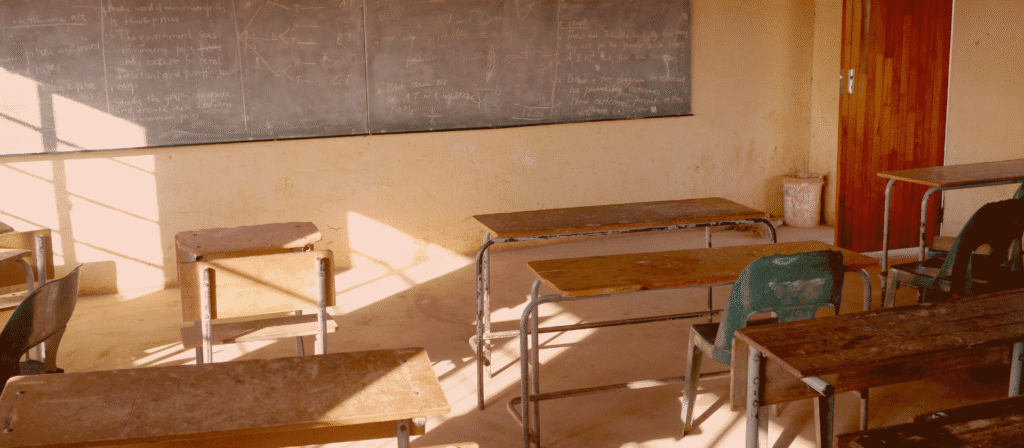Bridging the Digital Divide in Rural SA:
Real Lessons from the Frontlines of Connectivity
When you first step into the classrooms of rural South African schools, you’re not met with the hum of laptops or the glow of smartboards. You are met with chalk dust, outdated textbooks, and young minds eager to learn but cut off from the rest of the digital world.
I’ve always believed that the digital divide isn’t just a tech issue, it’s an education issue, an economic issue, and most of all, a human issue. That belief drove me to take on an engagement with Project Isizwe to take on one of our most meaningful challenges yet: bringing reliable internet connectivity to underserved schools and communities in rural areas.
The Harsh Reality of Disconnection
Let’s be clear. South Africa’s digital infrastructure has made impressive strides in urban areas, but the gap between city and rural communities is still painfully wide. In many rural schools, internet access is non-existent or unreliable at best. That means no access to online textbooks, no digital assessments, no video conferencing with mentors or subject experts and no chance to prepare students for a digital-first future.
Together, the aim is not just to install tech, but to build systems that empower educators and students sustainably and long-term.
What We Learned
1. Connectivity Alone Isn’t Enough
The real challenge begins after the internet is up. Teachers need support to integrate digital tools into their lessons. Learners need digital literacy training. And the schools need IT support structures that could survive and be managed.
2. Local Involvement is Key
The schools that see the most success have one thing in common: active involvement from the local community. From SGBs to local tech volunteers, when people take ownership of the initiative, everything runs smoother. Connectivity projects cannot be “plug-and-play” they need to be lived, managed, and protected by those they serve.
3. Sustainable Models Matter
Throwing in free equipment doesn’t work if there’s no plan for maintenance, power stability, or upgrades. That’s where models like those used by Project Isizwe focused on affordable, scalable, community-rooted connectivity make a real difference.
The Road Ahead
Connecting rural schools isn’t just about ticking boxes on a CSR checklist. It’s about national progress. Every connected classroom is a node of opportunity raising digital citizens, future entrepreneurs, and problem-solvers who can change the game.
But this is a long road, and it requires all hands-on deck government, private sector, NGOs, and communities.
At m-konsult.com, we’re proud to be part of that journey. If you’re working on similar challenges or want to explore how connectivity can change your organisation or community, visit our site or get in touch. Let’s build bridges, not barriers.




